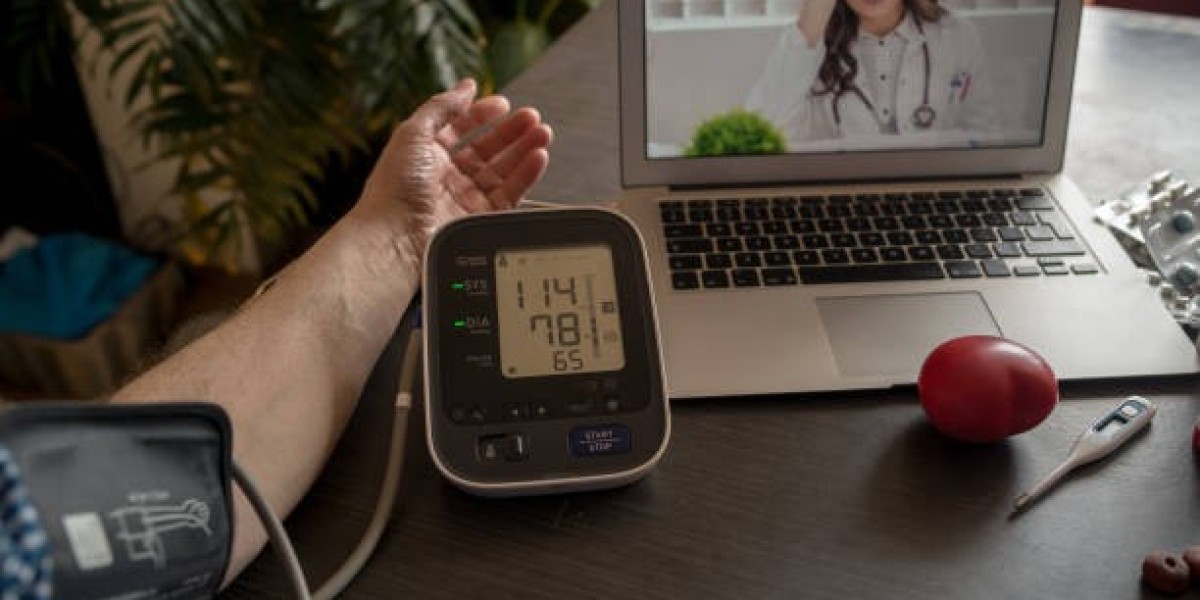Introduction
Advancements in medical technology have enabled the development of a new generation of homecare self-monitoring devices that are revolutionizing healthcare delivery. These innovative devices allow patients to monitor their vital signs, physiological metrics and overall health from the comfort of their own homes. In this article, we will explore the evolution of these homecare self-monitoring devices, their various benefits and some examples of popular devices currently available in the market.
Early Self-Monitoring Devices
The concept of self-monitoring health metrics outside of a clinical setting is not entirely new. For decades, devices like home blood pressure monitors have allowed patients to track important vitals at home. However, early devices were limited in functionality and data capture capabilities. The recorded data also had to be manually transmitted to healthcare providers.
Technological advancements in miniaturization, sensors, wireless connectivity and cloud computing have propelled the development of smarter, multi-functional homecare devices in recent years. Modern devices can monitor a wide range of health metrics, automatically upload readings to the cloud and even provide analysis and alerts to both patients and doctors. This has enabled expanded self-care and remote patient monitoring on an unprecedented scale.
Benefits of Homecare Self-Monitoring Devices
Some of the key benefits of these modern homecare devices include:
- Increased Convenience: Patients find it more convenient to monitor their health from home rather than visiting clinics frequently. This reduces disruption to daily lives and travel costs.
- Remote Patient Monitoring: Doctors can remotely monitor patients with chronic conditions from any location. Early detection of deteriorations enables timely interventions.
- Empowering Self-Care: Access to real-time health data empowers patients to better manage their conditions and make lifestyle changes for health improvements.
- Reduced Healthcare Costs: Fewer in-person visits lower costs for both patients and providers. Remote monitoring can help avoid expensive emergency admissions for conditions detected early.
- Improved Treatment Outcomes: With regular monitoring assisted by devices, providers can optimize treatments for better management of chronic diseases.
- Early Diagnosis: Continuous tracking of vital signs aids in detecting previously unknown health issues like cardiac arrhythmias at an early stage.
Examples of Popular Homecare Devices
Here are some examples of popular homecare self-monitoring devices currently in the market:
Wireless Blood Pressure Monitor
Completely automated blood pressure monitors have become a essential homecare device for managing hypertension. Advanced models connect to apps for tracking readings over time.
Glucose Monitor
For diabetes patients, continuous glucose monitors (CGM) painlessly track interstitial fluid glucose levels in real-time. This helps optimize insulin dosing for better control.
Pulse Oximeter
This small clip-on device measures blood oxygen saturation and pulse rate, aiding treatment of respiratory conditions like asthma and COPD.
Weight Scale
Digital scales with Bluetooth can automatically upload weight readings to apps. This assists weight management programs for obesity.
ECG Monitor
Novel ECG patches and wearables can detect atrial fibrillation and other cardiac arrhythmias. This enables diagnosis of underlying heart conditions.
Future of Homecare Monitoring
The ongoing trend towards miniaturization, artificial intelligence integration and remote diagnostic capabilities will make homecare monitoring even more advanced and accessible in the coming years. Wireless devices embedded in wearables, patches and even household items will become ubiquitous for round-the-clock health tracking almost anywhere. Cloud-connected intelligent assistants too will emerge for automated analysis and alerts. Such futuristic technologies promise to revolutionize how we deliver personalized healthcare outside of traditional clinical settings.
Conclusion
Homecare self-monitoring devices have immense potential to transform healthcare delivery by empowering preventive care, remote patient management and active self-care. Their convenience and around-the-clock monitoring abilities complement conventional in-clinic services well. As these smart home health technologies continue advancing rapidly, more patients will soon be able to effortlessly track and optimize their health from the comfort of their own homes.



